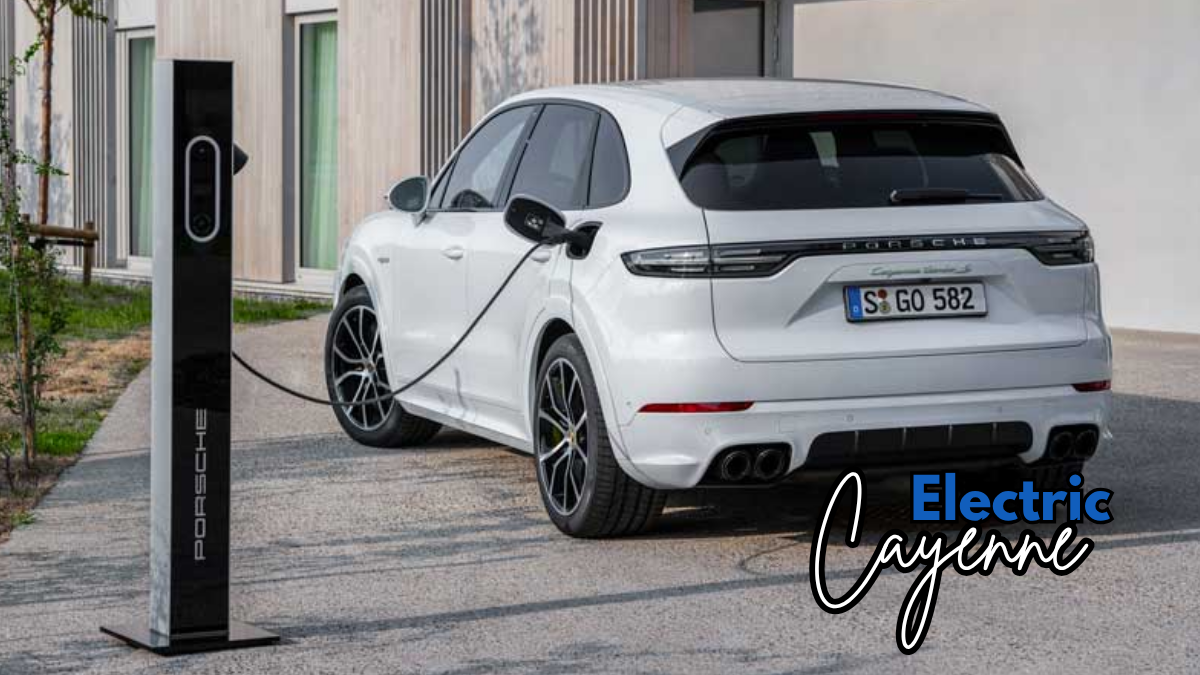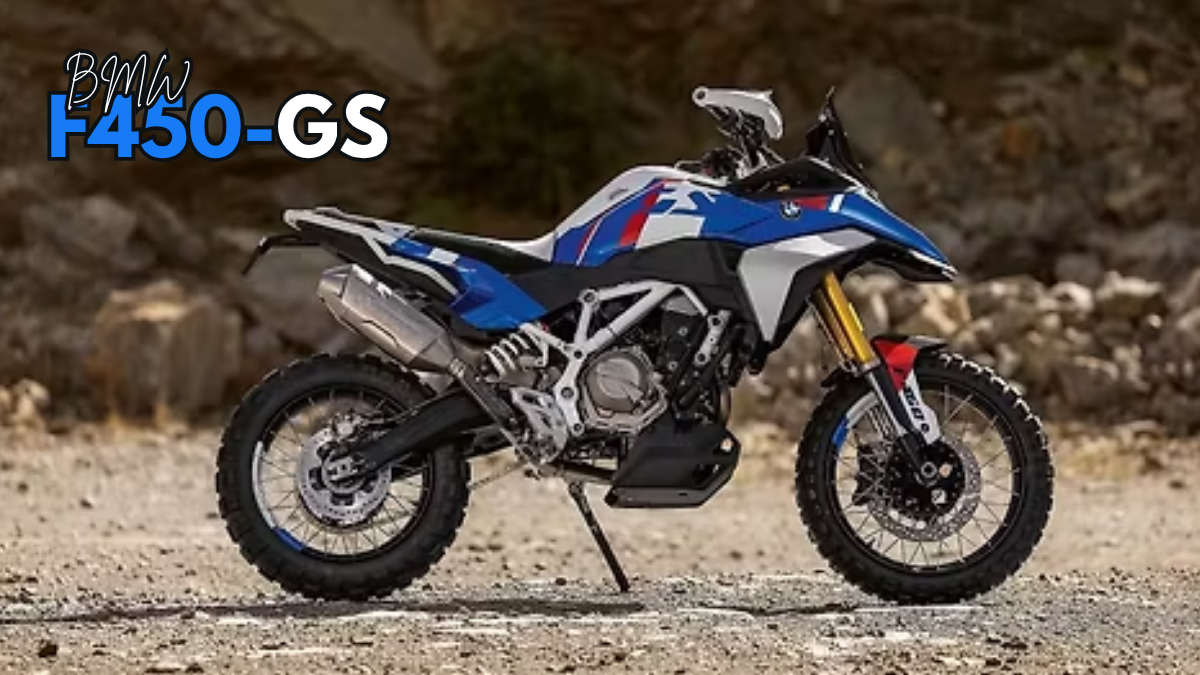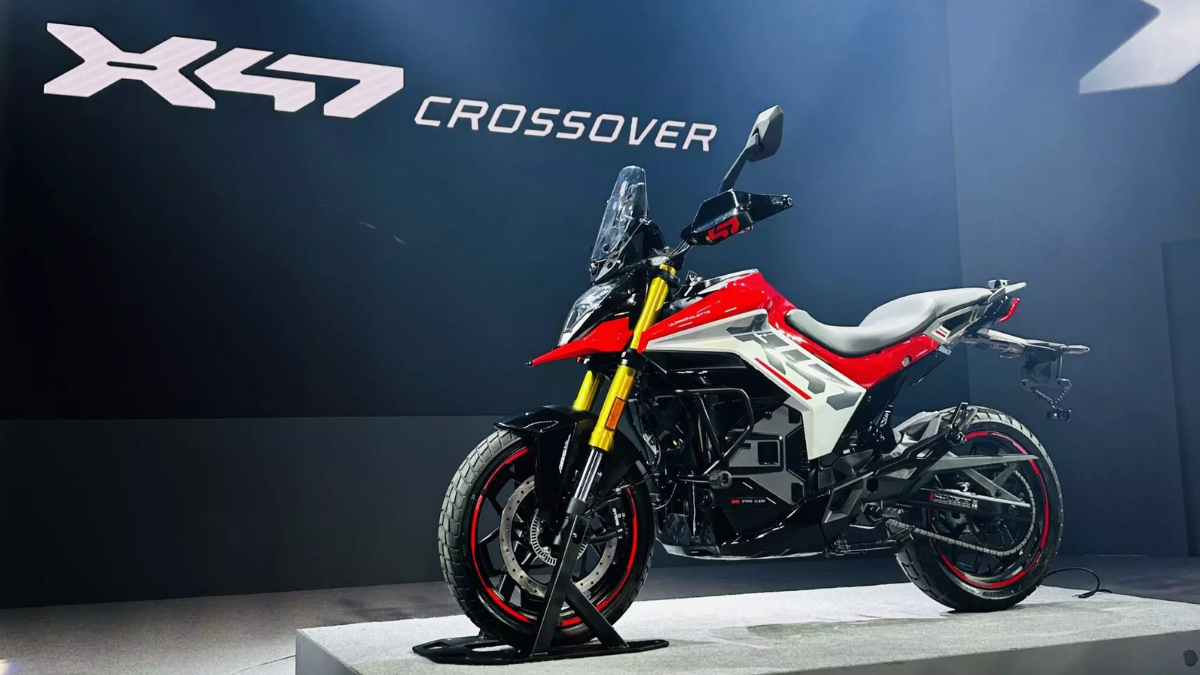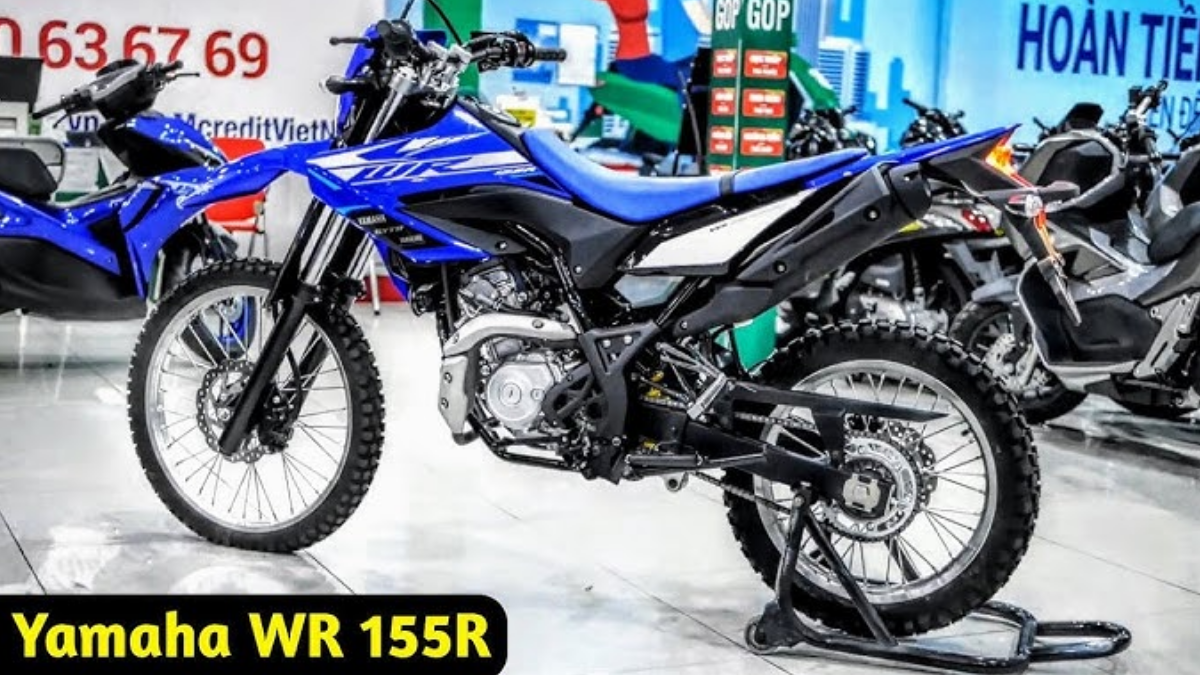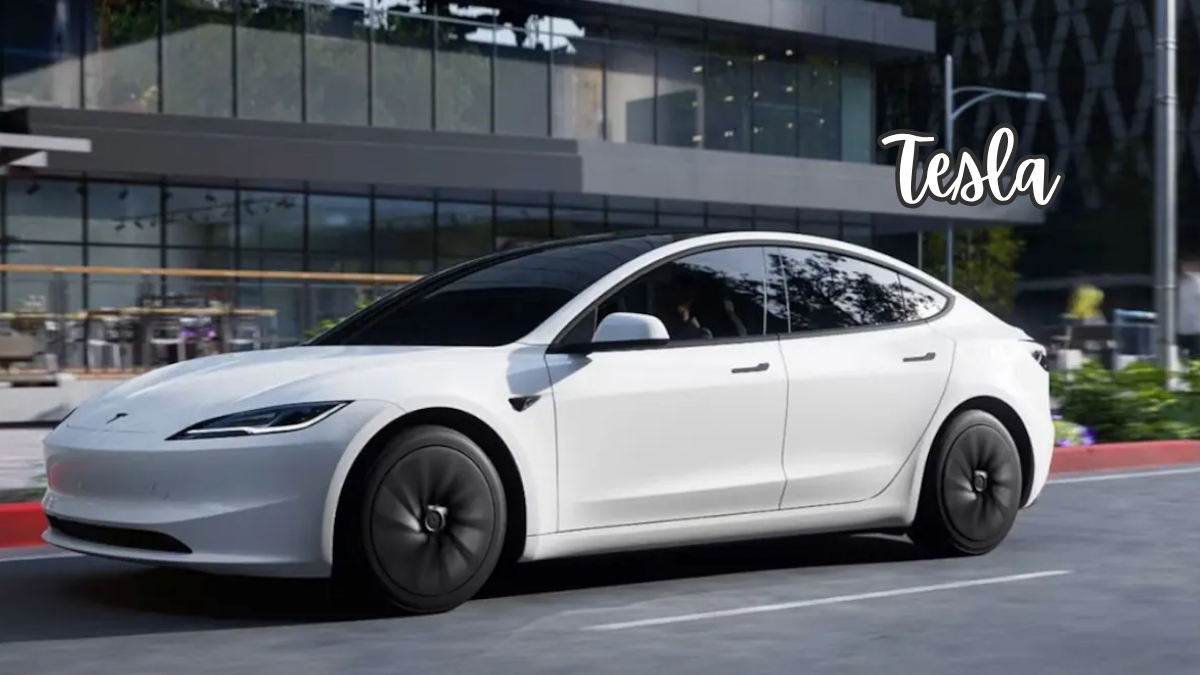The Porsche Cayenne Electric is set to add an all-electric chapter to one of the world’s most successful luxury performance SUVs. After years of petrol, diesel, and plug-in hybrid iterations, Porsche is preparing a pure-EV Cayenne that blends sports-car pace with SUV practicality and cutting-edge tech. Below is a comprehensive, reader-friendly rewrite of the first-look details you shared, expanded with structured sections, a quick-glance summary table, FAQs, and a concise meta description for SEO.
Design and Presence
Porsche appears to be evolving the Cayenne’s familiar, muscular stance rather than reinventing it. The front end stays close to the ICE Cayenne’s athletic look, while the rear introduces sharper, more futuristic elements. A fragmented full-width LED light bar spans the tail, with a bold, centrally placed Porsche script that enhances width and presence. An active rear wing integrated into the tailgate nods to Porsche’s GT lineage, assisting both stability and visual drama at speed. Overall, it is a carefully judged blend of classic Cayenne cues and EV-forward detailing.
Quick Summary
Item |
Details |
|---|---|
Model |
Porsche Cayenne Electric |
Powertrain |
Dual permanent-magnet synchronous motors, all-wheel drive |
Peak Output |
Over 1,000 hp, up to 1,500 Nm (claimed) |
Acceleration |
0–100 km/h in under 3 seconds; 0–200 km/h in under 8 seconds |
Top Speed |
Above 250 km/h |
Battery |
113 kWh NMC battery pack |
Range |
Claimed over 600 km on a single charge |
Fast Charging |
Up to 400 kW DC; 10–80 percent in about 16 minutes |
Energy Recovery |
High-performance regen, up to 97 percent braking without friction brakes |
Interior |
Triple-screen cockpit, AR head-up display, AI voice assistant, leather-free options |
Global Debut |
November 2025 (planned) |
India Launch |
Expected H2 2026 (planned) |
Variants at Launch |
Base and Turbo (expected) |
Key Rivals |
Range Rover Electric, Mercedes-Benz EQS SUV, BMW iX, Audi Q8 e-tron |
Official Website |
Powertrain, Strength, and Performance
Under the skin, the Cayenne Electric is engineered for supercar-rivaling pace. Two permanent-magnet synchronous motors deliver full-time all-wheel drive and colossal system output. Porsche’s preliminary figures point to power exceeding 1,000 hp and torque reaching up to 1,500 Nm in high-performance specifications.
What this translates to on the road is startling straight-line speed. The brand targets 0–100 km/h in under three seconds and 0–200 km/h in under eight seconds, with a top speed north of 250 km/h. These numbers place the Cayenne Electric among the quickest SUVs anywhere, while Porsche’s chassis expertise should preserve the Cayenne’s hallmark agility and confidence.
Battery, Range, and Charging
Energy is supplied by a 113 kWh NMC battery. On paper, range is quoted at over 600 km per charge, positioning the Cayenne Electric for genuine long-distance usability. The charging hardware is equally ambitious. On a powerful 400 kW DC fast charger, the battery can go from 10 to 80 percent in approximately 16 minutes. Even on a 200 kW charger, Porsche indicates a 10 to 80 percent session in roughly 26 minutes, which remains highly competitive for a large, performance-focused SUV.
Regenerative Braking and Energy Recovery
Porsche is emphasizing a motorsport-inspired approach to energy recapture. The Cayenne Electric’s brake-by-wire and regeneration systems aim to handle up to 97 percent of routine braking without needing the friction pads, dramatically improving efficiency in real-world driving. This approach not only extends range but also reduces brake wear and helps maintain strong, consistent pedal feel.
Interior, Infotainment, and Comfort Features
The cabin embraces a high-tech, driver-centric philosophy with a contemporary triple-screen layout:
- A 14.25-inch curved digital instrument cluster for crisp driving data
- A 12.25-inch central OLED infotainment display with fluid UI
- A 14.9-inch passenger display for co-pilot entertainment and functions
Comfort and convenience tech is extensive. Expect 14-way power-adjustable seats, optional massage functions, an advanced AI-based voice assistant, an augmented-reality head-up display for at-a-glance guidance, customizable ambient lighting, and selectable mood modes. Importantly, Porsche highlights a fully leather-free interior configuration, with premium fabric and trim choices that align with the EV’s sustainability narrative.
Variants, Launch Timeline, and Market Positioning
Porsche plans a global debut for the Cayenne Electric in November 2025, with an India introduction anticipated in the second half of 2026. At launch, the lineup is expected to include base and Turbo variants, mirroring Porsche’s traditional performance ladder. Given its performance envelope and luxury bent, the Cayenne Electric’s competitive set will include the Range Rover Electric, Mercedes-Benz EQS SUV, BMW iX, and Audi Q8 e-tron.
Who Is It For
- Performance-minded SUV buyers who want supercar acceleration in a refined, practical package
- Luxury enthusiasts seeking cutting-edge tech, distinctive design, and top-tier fit and finish
- Early adopters moving from high-end ICE or hybrid SUVs to a flagship EV without sacrificing pace or presence
Frequently Asked Questions
Q1. What is the expected range of the Porsche Cayenne Electric
A. The brand indicates a range of over 600 km on a single charge, supported by a 113 kWh NMC battery.
Q2. How fast can it charge from 10 to 80 percent
A. On a 400 kW DC fast charger, the 10–80 percent window is targeted at about 16 minutes. On a 200 kW DC charger, it is about 26 minutes.
Q3. How quick is it compared to other performance SUVs
A. Porsche’s figures suggest 0–100 km/h in under three seconds and 0–200 km/h in under eight seconds, setting it among the quickest luxury SUVs available.
Q4. What interior tech stands out the most
A. A triple-screen cockpit, an AR head-up display, an AI voice assistant, and a leather-free interior option headline the feature list.
Q5. When will it launch globally and in India
A. The global debut is planned for November 2025, with India launch expected in the second half of 2026, starting with base and Turbo variants.
Q6. Which models will it compete with
A. Range Rover Electric, Mercedes-Benz EQS SUV, BMW iX, and Audi Q8 e-tron are among its key rivals.
Official Website: https://www.porsche.com
For More Information Click Here
